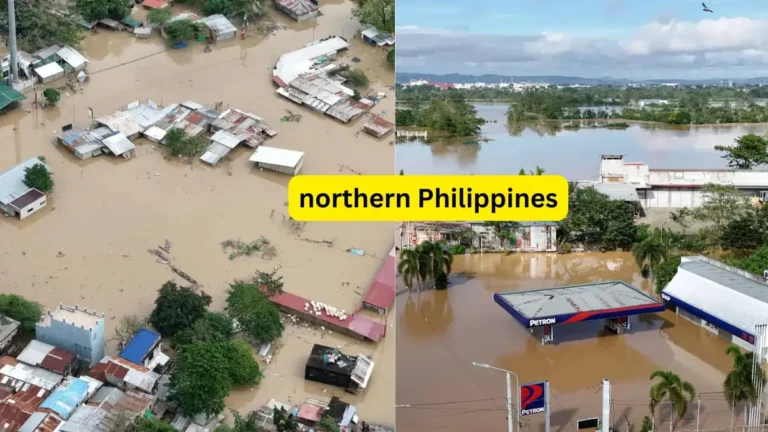
American citizens have the powerful right to vote, and foreign residents have the same rights and obligations when it comes to taking part in American elections. Covering eligibility, voting deadlines, and how to return your ballot, this handbook offers all the necessary procedures and comprehensive information to assist you that How to Vote from Abroad, American people overseas in securely and efficiently casting their ballots. No matter where you are in the world, you can be sure that your vote will be counted using this technique.
Eligibility of Voting from Abroad
American citizens living abroad—including federal employees, military personnel, and private citizens—are eligible to vote in U.S. elections. Nonetheless, all foreign voters must fulfill certain fundamental requirements in order to be eligible to take part in the democratic process.
Age Requirement: You must be at least 18 years old on or before Election Day.
Citizenship: Only U.S. citizens are eligible to vote in federal elections.
Residency: Even if you live outside the U.S., your last residence in the United States generally determines where you are eligible to vote.

Registering of How to Vote from Abroad
1. Determine Your Voting Residency
If you’re a U.S. citizen living abroad, your last legal U.S. residence is considered your voting district. This applies even if you have no remaining ties to that state or don’t intend to return. Your voting district will determine the local and state offices on your ballot, as well as federal offices such as President, Senate, and House of Representatives
2. Complete the Federal Post Card Application (FPCA)
The FPCA is a form specifically designed for U.S. citizens abroad who wish to register to vote and request an absentee ballot. To submit the FPCA, follow these steps:
- Fill Out the FPCA Form: You can download it from the Federal Voting Assistance Program (FVAP) website.
- Mail or Email the Completed Form: Most states accept FPCAs by mail, while some may allow electronic submission via email or fax. Check your state’s requirements.
- Submit the Form Annually: To stay eligible, you should submit the FPCA every year and any time you change your overseas address.
3. Confirm Your Registration Status
The election office in your state can verify your registration status after you’ve filed the FPCA. Along with confirming your eligibility, they might also tell you how and when your absentee ballot will be sent.
Receiving Your Ballot
Most states send absentee ballots 45 days before a federal election. You can receive it through various methods, including mail, fax, and email, depending on your state’s guidelines.
Filling Out and Returning Your Ballot
Complete Your Ballot Carefully
There are detailed instructions on every ballot, including how to mark your selections, use ink, and refrain from making extra marks. You could be disqualified if you don’t accurately complete the ballot, so take your time.
Choose the Best Method to Return Your Ballot
Depending on your voting state, different options are available for returning your completed absentee ballot.
- Mail: You can mail your ballot back through international mail or the U.S. postal system. Some embassies and consulates offer ballot drop-off services, so check with your local consulate to confirm.
- Email or Fax: Some states allow ballots to be returned electronically, either by email or fax, which is especially helpful in areas with unreliable mail services.
- Courier Service: If timing is tight, using a private courier service can provide a faster and more secure delivery option.
Follow Up on Ballot Receipt
You might be able to verify receipt of your ballot by contacting the election office directly or by visiting the website for your state’s election. You can verify that your vote has arrived at its destination by using the ballot tracking services offered by the Federal Voting Assistance Program.
Deadlines to Keep in Mind
Each state has its own deadlines for absentee voting. Missing these deadlines can disqualify your ballot, so it’s essential to be informed of your state’s specific requirements:
- FPCA Submission Deadline: Generally, it’s best to submit your FPCA at least 90 days before Election Day.
- Ballot Request Deadline: Some states require you to request your absentee ballot by a certain date before the election.
- Ballot Return Deadline: In most cases, your ballot must arrive by Election Day, though a few states accept ballots postmarked by Election Day and received shortly after.
For information about voting overseas, watch this video and refer to the FAQs below.
FAQS
Can I Vote in Local and State Elections?
Yes, depending on your state’s rules.
Do I Need to Re-Register Every Election?
To stay registered, you usually only need to file an FPCA once a year, although some states could need further paperwork or steps, particularly if your address abroad has changed.
What if My Ballot is Rejected?
If you’re notified that your ballot has been rejected, reach out to your state’s election office for clarification. Common issues include signature discrepancies, missing identification, or late arrival. Correcting these errors promptly can prevent further issues in future elections
Can I Vote if I Don’t Plan to Return to the U.S.?
yes, you maintain the right to vote in U.S. federal elections as a citizen abroad, regardless of any plans to return.
Which countries allow their citizens to vote while living abroad?
countries offer overseas voting options, including the United States, United Kingdom, Canada, France, Australia, Germany, Japan, Italy, Mexico, and the Philippines







1 thought on “How to Vote from Abroad: A Voting Guide for U.S. Citizens”